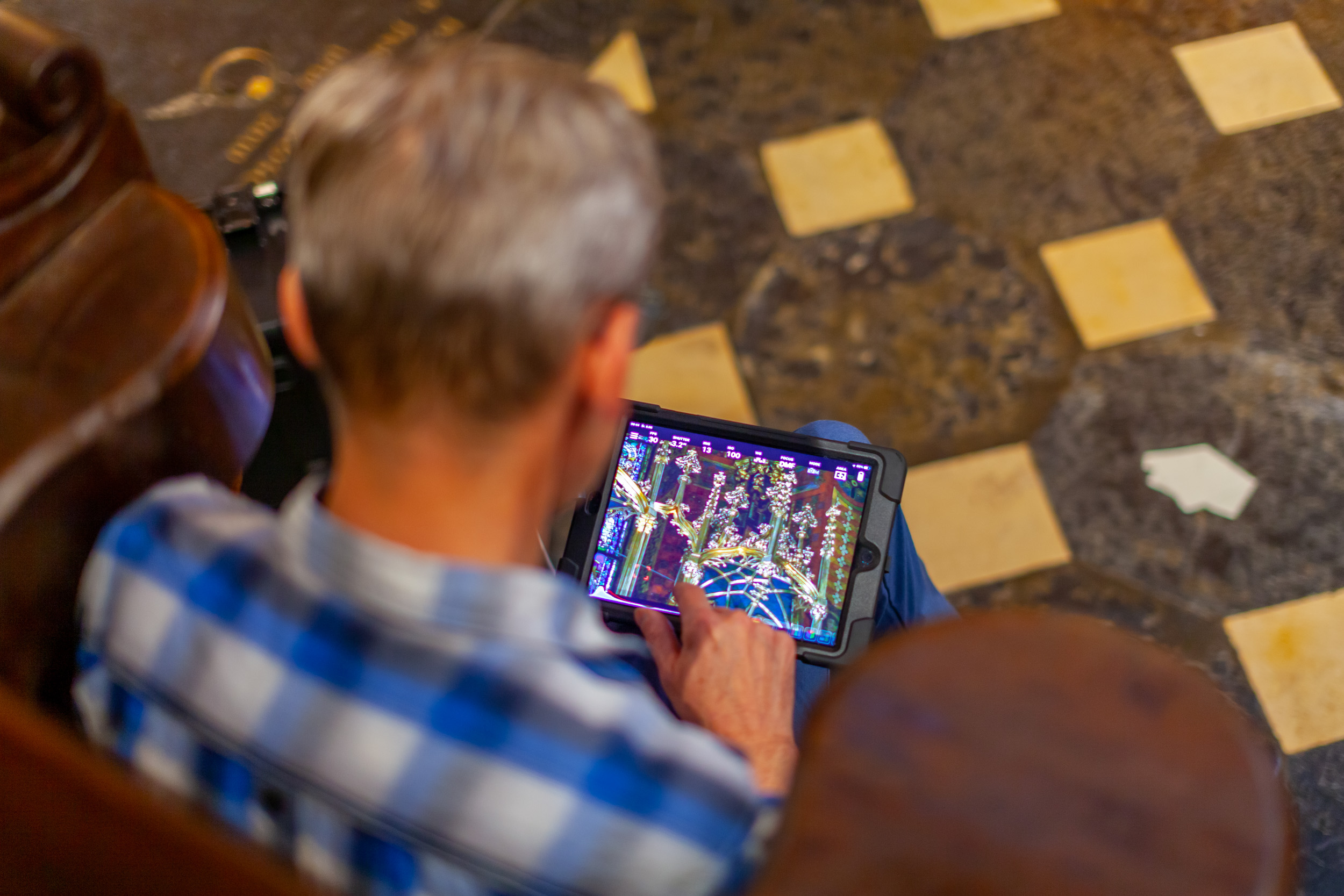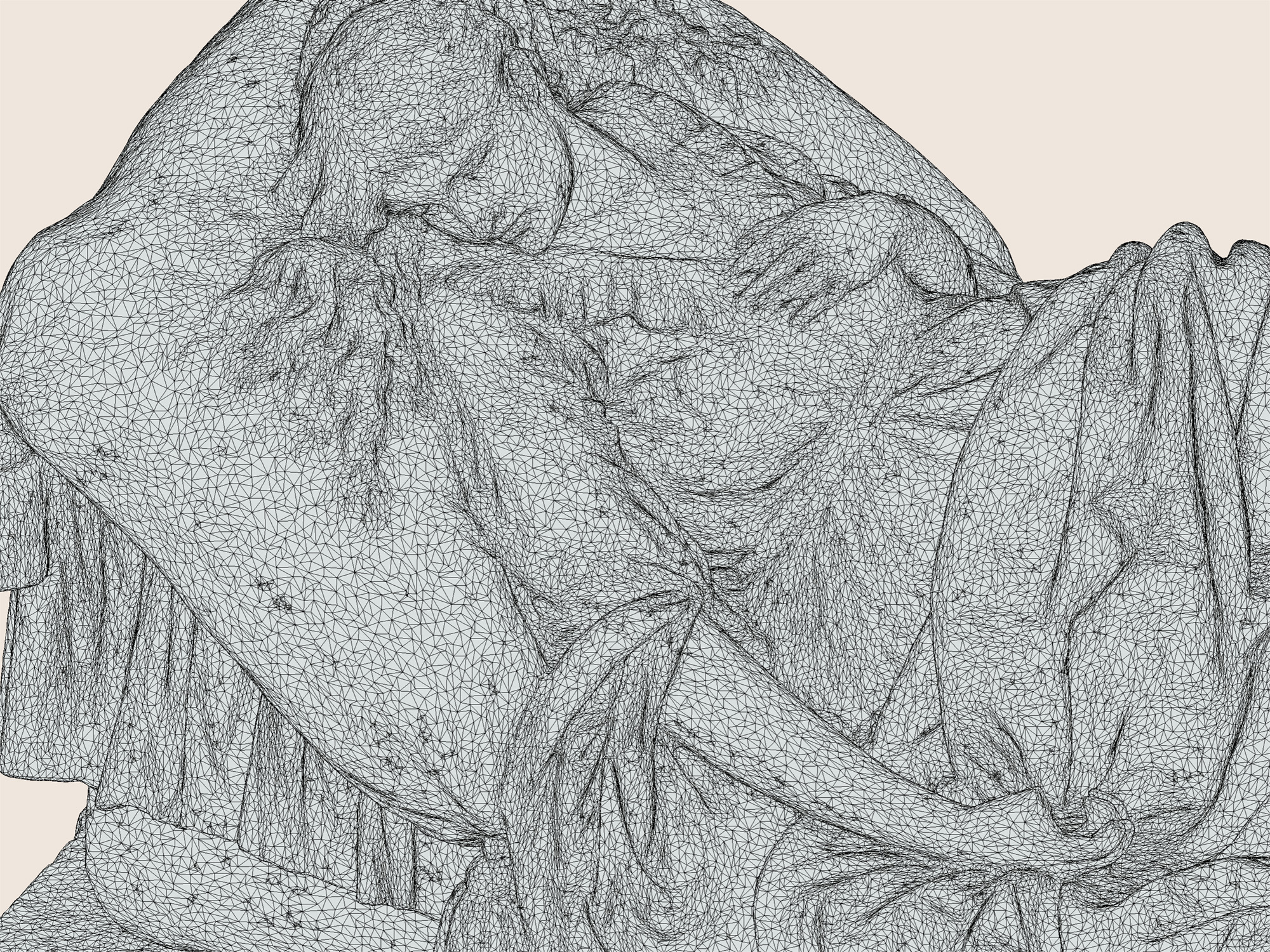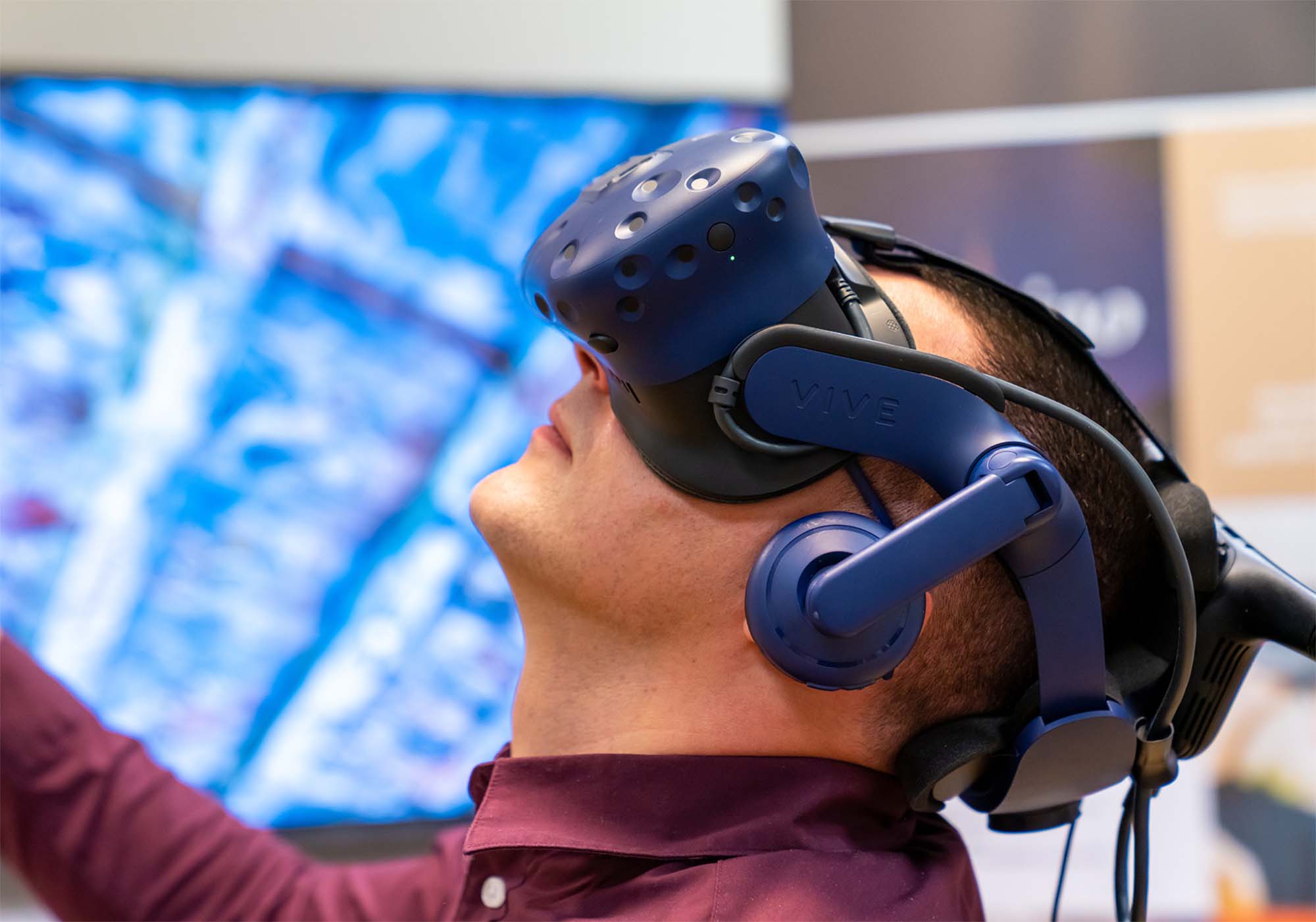We virtualise monuments of sacred and secular architecture
We work on a design, build and - optionally - manage basis, using the latest measurement and visualisation technologies.
Scope of our activities
Digital audit
It involves selecting the optimal tools and their settings, eliminating errors at a later stage and ensuring the highest standard of work throughout the digitisation process.
Learn more →
3D laser scanning
By scanning the architecture of the entire building - for digitisation and inventory purposes - it is possible to acquire detailed information about the shapes, colours and sizes of the historic architecture.
Learn more →
3D optical scanning
Ultra-precise scanning of movable historical artefacts (including sculpture and crafts) using handheld and stationary optical white and blue structured light scanners.
Learn more →
Photography and video
We use HDR digital photography and film (including drone) to showcase the architectural monument inside and outside, as well as all movable historical artefacts.
Learn more →
Gigapanoramas
360° spherical images at a resolution of more than 1 billion pixels in HDR, displaying an image with a high tonal range, showing detail in both very bright and dark areas.
Learn more →
Gigapixels
Images with a resolution of more than 1 billion pixels, depicting a large historic object (e.g. façade, altarpiece, stained glass window, polychrome, etc.), even when the object is heigh above the ground.
Learn more →
Tools used
3D laser scanners
We use them to obtain information about the shapes, colours and sizes of historic architecture. Thanks to their fantastic speed (up to 1 million measurements per second), high measurement precision (error within 1-2 mm) and specialised software, we can combine an unlimited number of scans, ultimately obtaining a point cloud, which is an accurate digital copy of the monument.
Learn more →
3D optical scanners
The business of preserving and disseminating cultural heritage in the area of monuments presents us with a number of challenges in creating 3D models of monuments and artefacts of history. Wanting to set the standard for digitisation in this area, we have been successfully using first-class equipment and solutions for several years.
Learn more →
3D printers
The drastic fall in the price of 3D printers and miniaturisation, combined with their simplicity of use, have contributed to a boom in the consumer market.
Learn more →
Unity engine
It is a tool for creating three-dimensional and two-dimensional computer games or other interactive materials such as visualisations or animations.
Learn more →
How does the project process work?
We work with the owners of public and private art collections and historic buildings on the basis of our extensive experience and the foundation's team of outstanding experts, which allows us to carry out any project, even the most advanced.

1
Fundraising
This is the first phase of the project, which includes a digital audit. On its basis we are able to determine the scope, level of difficulty and detailed cost estimate of the individual parts of digitisation.

2
2D/3D digitisation
The digitisation work covers the entire architectural monument with its furnishings (painting, sculpture and artistic craftsmanship). We use the best measurement and visualisation technologies available on the market approved by us in action.

3
Data processing
The monuments of architecture, painting, sculpture and handicrafts, digitised using a variety of tools, are subjected to a painstaking process of data processing, the final product of which will be multimedia ready for dissemination.

4
Inventory
The process of preparing descriptions for the monuments that will be made public is preceded by a painstaking verification of the existing inventory cards, only some of which contain correct data.

5
3D virtualisation
By combining the point cloud of an architectural monument with final 3D models of its furnishings and high-resolution photographic documentation in a single project, we can recreate the entire environment in virtual reality using game engines such as Unity.
